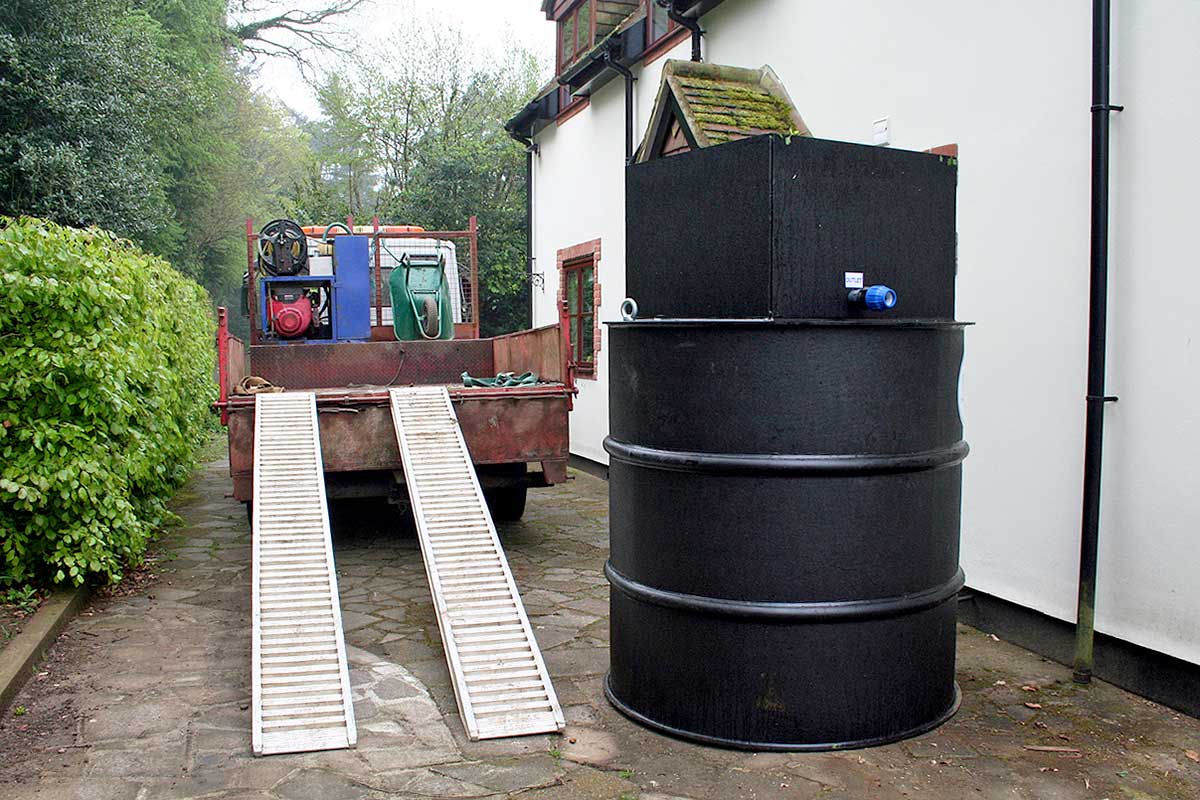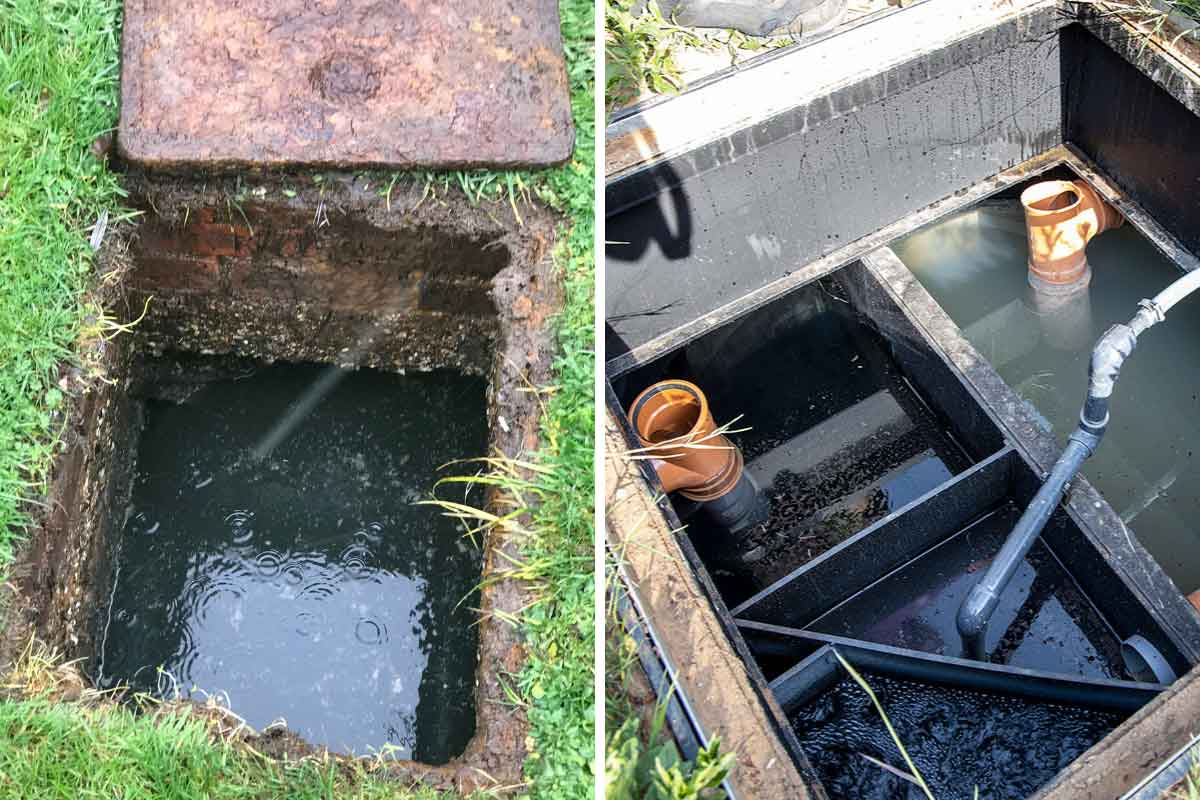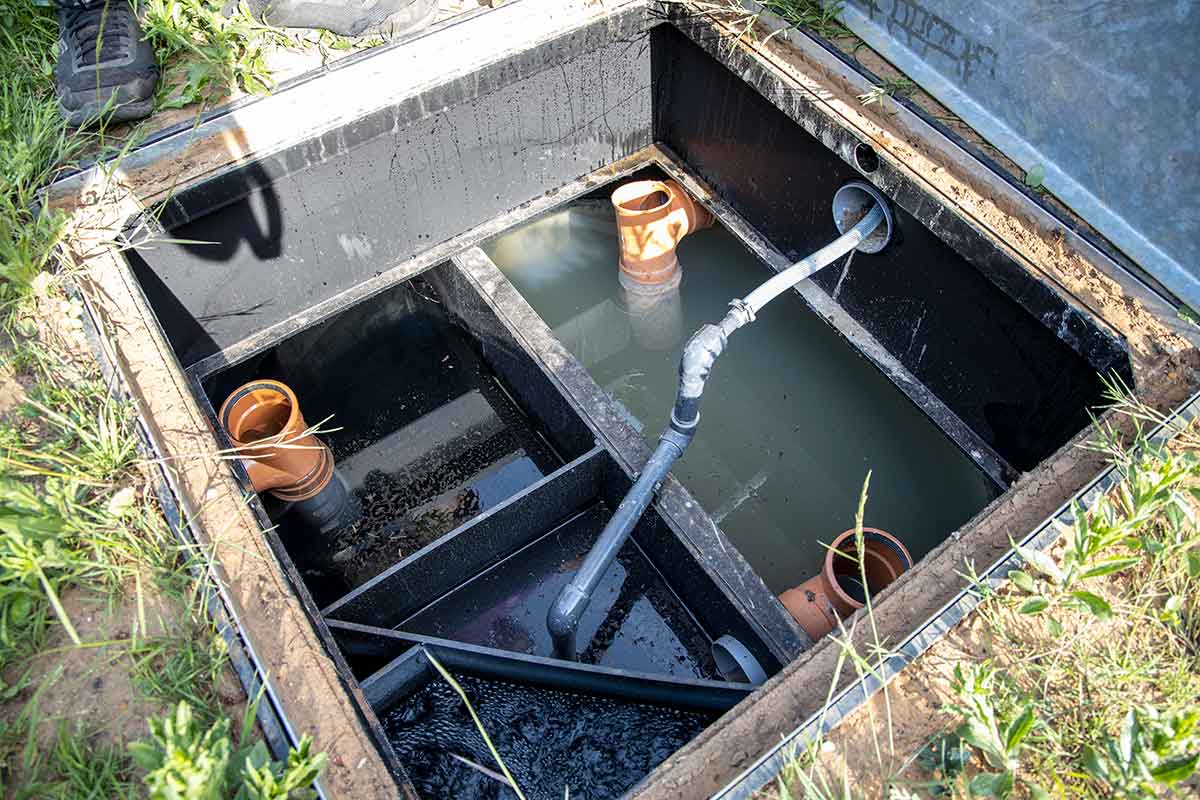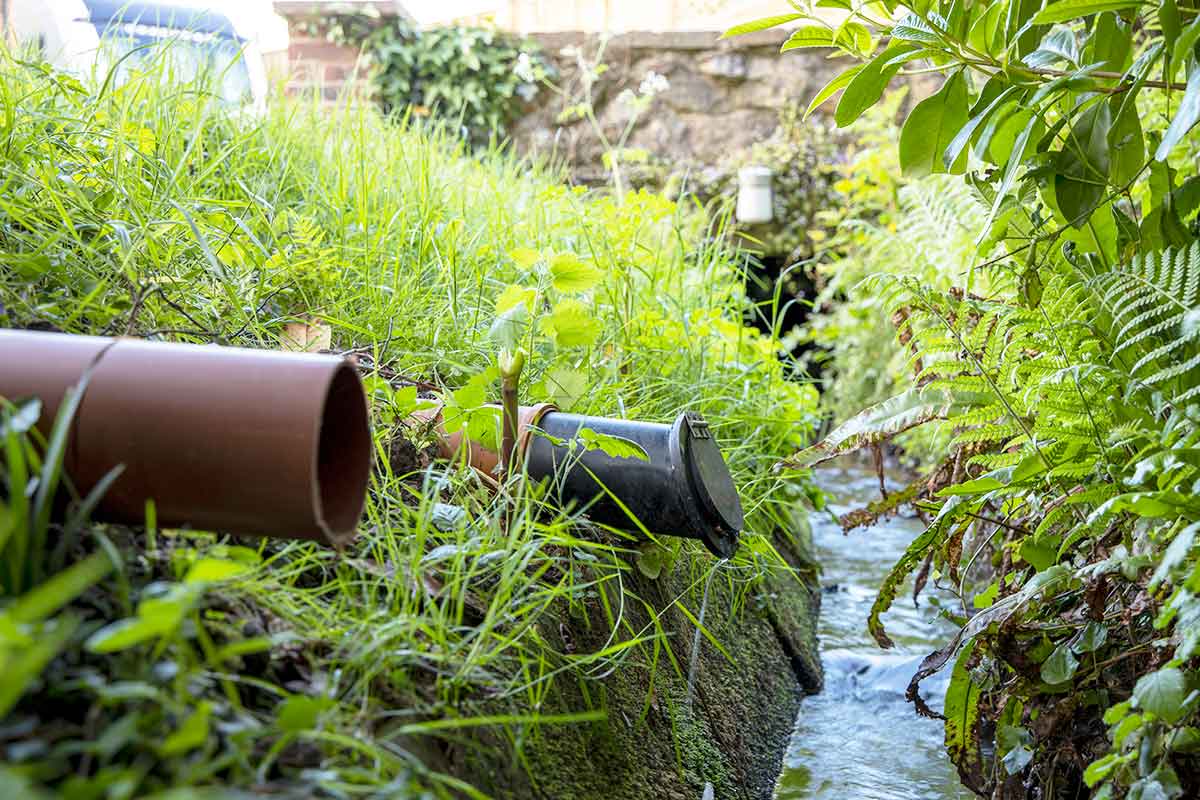Understanding the benefits of a sewage treatment plant is essential for anyone living with off-mains drainage. At CESS, we are asked numerous questions about these modern sewage systems. “Isn’t a septic tank basically the same as a sewage treatment plant?” “Why do I need to upgrade?” “How does a sewage treatment plant benefit the environment?”

These questions have become even more significant with the introduction in January 2020 of new “General Binding” environmental laws covering the use of septic systems. In one fell swoop, sewage treatment plants have become the only option for legally disposing of off-mains wastewater into the environment. Here is why…
Sewage treatment plant vs septic tank – what’s the difference?
At first glance, septic tanks appear remarkably like sewage treatment plants. Both collect sewage and wastewater from off-mains properties, separating the liquid before discharging it into the environment. But there is one crucial difference between the two systems.

Unlike septic tanks, sewage treatment plants treat the separated water to a much higher standard before discharging it. As you’d expect, this process is a lot healthier for the environment. It also explains the UK government’s decision to effectively ban septic tanks from off-mains properties – no longer can domestic users release their wastewater from septic tanks into the ground or a watercourse.
How sewage treatment plants work
Put simply, the purpose of sewage treatment plants is to break down sewage by aerating the waste matter and digesting it with bacterial cultures. The result is treated, purified effluent that is safe to release into the environment.
Many modern sewage treatment plants contain three chambers: the primary settlement chamber, the biozone chamber, and the final settlement chamber. First, sewage and wastewater form your property flows into the primary chamber. Here, solid matter separates from liquid and sinks to the bottom. The remaining liquid is then pumped or drained into the biozone chamber.

This is the all-important stage: an air pump circulates the air to encourage aerobic bacteria to grow. This causes the remaining matter to break down and becomes purified. The cleaned water is then sent to the third chamber, from where it can be safely dispersed.
Complying with 2020 regulations
If you live in a property with off-mains drainage, chances are you’ve heard of the “general binding” regulations. Effective January 2020, these rules effect septic tanks, cesspits, and any other system that allows untreated water to be released into the environment.

The simplest way to ensure compliance with the new laws is to install a modern sewage treatment plant. Products such as Biocell’s Domestic QuickOne+ and Clenviro’s MATRIX systems clean wastewater to a high standard, ready to be discharged safely. We offer free compliance checks for cesspits and septic systems, contact us to book an appointment.
At CESS, we specialise in installing sewage treatment plants and drainage fields. Our installers have been approved by both Biocell and Clenviro and can complete a sewage treatment plant project within 7-10 days. If you need a new sewage treatment plant for your property, get in touch today.
